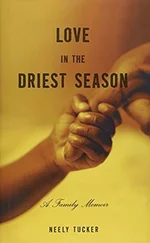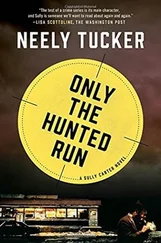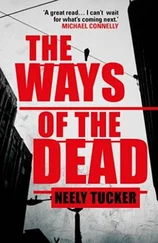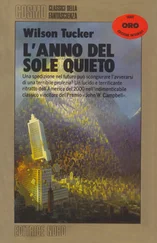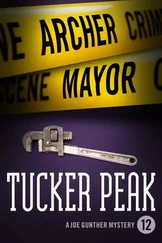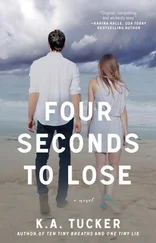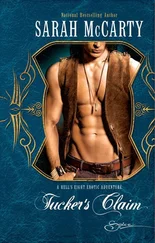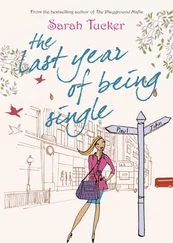As it was, here he sat, fucked-up leg, fucked-up story, fucked-up life.
He thought about calling Alexis, see if she could meet him early, but nah, she was supposed to have dinner with the brass: the publishers; Eddie Winters, the executive editor; the honchos running the foreign desk. The kind of evening that would start at the Palm and move to the bar of the Hay-Adams, going past the Washington witching hour of ten-amazing, how the powers that be in this town ran for home at that hour. Given that, he and Alexis had made plans for drinks at his place at eleven.
But that was what, four hours and change? To do, to do. Movie listings, flapping open the Features section, staring at the agate type: costume drama, rom com, rom com, horror. Christ. He didn’t want to go to his row house on Capitol Hill and stare at his backyard thinking he should have mowed his tiny rectangle of grass last weekend, he didn’t want-
He picked up the phone.
“John? Hey, Parker?” he said into the cop’s cell-phone voice mail. “No shit. Need the ID of floater man, partner. Call me when you get it. Anytime.”
He clicked off and looked around until his eyes settled on his murder map of the city. It was new for the year but there were already sixty or seventy pins on it, each marking a killing. The map-his oracle, his witchcraft, his guide to understanding the ways of the living by divining the ways of the dead-was a poster-sized replica of the city’s seven police districts, with homicides marked in each.
There were already three in or near the Bend, each of them noted with black pins and little red crosses that he marked on the map at the place of the killing. The color of the pin denoted that they were black men. The red crosses, marked with a colored pencil, denoted that their cases were unsolved. White victims got white pins; Hispanic, yellow; women, pink. No matter the color of the pin, most of them had red crosses, too.
Solved cases, which were only about a third of the total, got black crosses.
Sully turned to the computer and began keying in the passwords to legal databases that tracked arrest records and court decisions. He opened the file drawer to his left, the one that housed the murders of the current year.
His filing system: Each homicide victim got their own manila folder, filed alphabetically, the name of the victim and a number that denoted the order in which they were killed in the upper right corner of the tab. The police incident report, the PD 1099, was all that was in some, but it gave the essential details. Matching the numbers on the murder map to the numbers on the folders, he pulled out the folders of those killed this year in or near the Bend.
They were: suspected drug shooting (no arrest), suspected drug shooting (no arrest), argument turned into a shooting (no arrest). This was pedestrian crap. But after a few minutes, a pattern started to register, to coalesce, his mind already sensing connections between the pin dots.
On the map of Washington spread before him, the quadrants of the diamond-shaped city originated from of the Capitol-northwest, northeast, southeast, southwest-a daily reminder of the power that radiated out of that building; the entire city turned on its axis. Meanwhile, the cluster of red (unsolved) crosses, nearly all of them marked by black pins (black male victims), was a deluge across the Anacostia, in Southeast D.C.
By comparison, Southwest was just a scattered shower of red raindrops and black pins. This wasn’t surprising because Southwest-a tear-drop-shaped, north-to-south sliver of land below the Capitol-was by far the smallest of the city quadrants. The National Mall cut it off to the north, the Washington Channel to the west, South Capitol Street on the east. The Anacostia cut it off to the south. Another chunk of Southwest existed on the other side of the Anacostia, most of it taken up by Bolling Air Force Base and that stinking sewage plant, Blue Plains, but neither of those was civilian turf.
Southwest, Southwest, he mused, tapping the map with the butt end of his pen, you’re just a civic bunion south of the Mall, drug houses, apartment blocks, hipster whites and sort-of-but-not-really-upscale blacks living in condos, the occasional Supreme Court justice who doesn’t like a long commute, and whatever the fuck Fort McNair is. You’re some hairy-legged women and ganja-puffing douches on houseboats at the Gangplank Marina. You’re good for fresh seafood at the dockside markets, for the grown and sexy clubs up on the waterfront, but that’s about it.
Most of the housing was that post-1960s modernist crap, or row houses that went back to the early twentieth century when it was a packed-dirt warren. Now, since the 1960s, as long as you hewed to the riverfront? There were four or five blocks of modern apartment buildings and condos, nice enough eight- to twelve-story things, sure.
But once you hit the Bend? Construction yards, one-story warehouses, empty lots, a power station, a bus parking lot, cheap wire fences, and some of the most brutal projects in the city, a reminder of the days when thousands of people lived in carriage houses that opened onto brick alleys. If you crossed over South Capitol, you were technically in Southeast, but it was still on the peninsula dangling below the belly of the city, and it was spiritually still Southwest-car washes, long-term storage lots, the Navy Yard, that block of gay clubs on O Street, dilapidated row houses and street corner drug markets.
He went to his file drawers and began to pull out the folders of the dead from near the Bend, not just this year, but from years past.
“W1 (witness one) reports finding deceased BM facedown at base of wall of Fort McNair, in the Bend,” read the witness accounts of the killing of Henry Andre Douglas, a black male, dead in January of a gunshot wound to the head.
“W1 and W2 report hearing shots in the Bend at approximately 3:15 a.m. Feb. 12,” another report read, quoting the two witnesses, “a body subsequently found at the base of a cherry blossom tree, roughly twenty yards from the waterfront.” The body belonged to Curtis Michael Lewis, “shot twice in the back of the head.”
He read further into the reports, the newsroom emptying out, the time passing and his concentration growing as the jigsaw puzzle deepened and opened before him. As the hours passed and his awareness of them dimmed, an oddity became apparent in the police paperwork: Officers on the scene often denoted the address of the slaying as the entrance to the park, there at the intersection of P and Fourth streets. But the police action reports, the 1099s, of, say, Lewis and Douglas? Those killings actually took place in the Bend.
Reaching beneath his desk, he pulled out the murder maps of previous years. He unfurled them, three feet tall by two feet wide, and pinned them to the wall of his cubicle, sequentially: 1996, ’97, ’98, ’99 and now, the first few months of 2000. This was the murder chart of the deadliest big city in America, a place that had been so for more than a decade. Four hundred or so homicides in a city of 550,000 in the heyday of the crack epidemic. The display took up the whole cubicle, making him stand back to take in the effect. There were no pins in the rolled-up maps, but the red Sharpie crosses remained: red for unsolved, black for solved.
You put it together like this, with a street-map overlay, year in and year out-what was it, a longitudinal study-and then you could recognize the city’s worst housing projects and neighborhoods over the course of time. Benning Terrace, right over there in Southeast; Sursum Corda, closer to downtown; yeah, you could spot those. So, stepping back, looking at it, going to get a cup of coffee from the copy editor’s desk, and coming back, your vision better now, you could see the flurry of crosses in greater clarity. His eyes drifted, automatically, up to Princeton Place, the cluster of crosses that marked the killings that had taken over his life last fall, that had, in their way, ruined the relationship he’d been building with Dusty, then a bartender at Stoney’s. She was long gone now-he wasn’t even sure if she was in Baltimore or had gone back home to Miami, or Boca, or wherever.
Читать дальше

